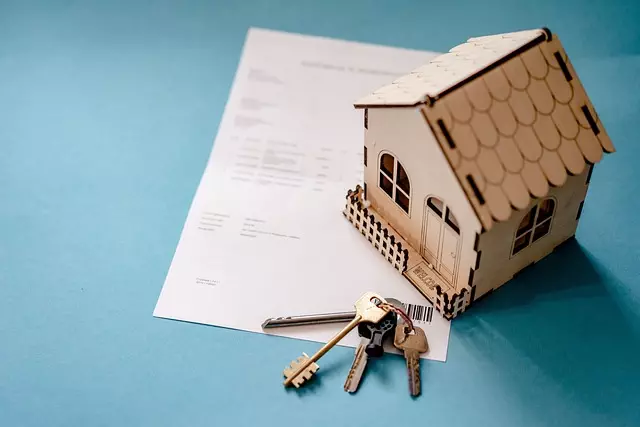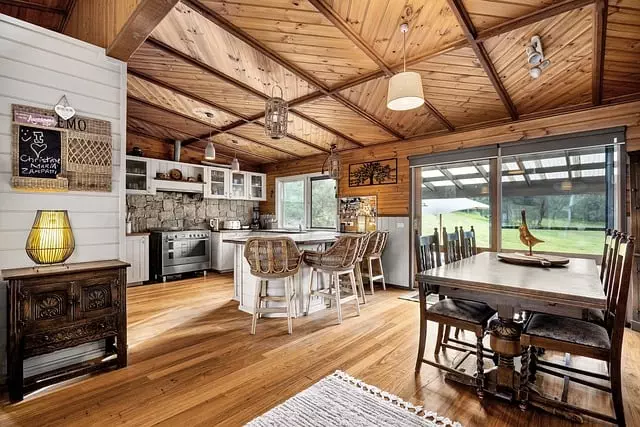Property and Casualty Insurance for Commercial Buildings is a critical risk management tool, offering businesses tailored protection against physical damage, liability claims, and interruptions. This comprehensive coverage includes safeguarding structures, contents, and assets from various perils like fire, storms, accidents, and natural disasters. Insurers assess risks based on location, building age, structural integrity, and the nature of business operations to determine premiums. By understanding policy components, reviewing exclusions, implementing safety measures, and maintaining thorough records, businesses can effectively navigate claims processes and secure financial security for their commercial properties.
In today’s dynamic business landscape, safeguarding your commercial building through adequate insurance is paramount. This comprehensive guide delves into the intricacies of Property and Casualty Insurance for Commercial Buildings, offering a detailed overview that caters to every aspect of risk management. From understanding the basics of coverage to navigating claims processes, we explore essential components, common exclusions, and factors influencing premiums. By the end, business owners will be equipped with knowledge to make informed decisions regarding their commercial property protection.
Understanding Commercial Building Insurance: A Comprehensive Overview

Commercial building insurance, a cornerstone of risk management for businesses, encompasses a wide range of coverage options designed to protect against potential losses. This type of insurance is tailored to address unique risks associated with commercial properties, including structures, contents, and liability exposures. At its core, it combines property and casualty insurance to offer comprehensive protection.
Property insurance safeguards the physical assets of a business, such as the building itself, fixtures, and equipment, by covering damage or loss due to perils like fire, storms, vandalism, or natural disasters. Casualty insurance, on the other hand, protects against liability claims arising from accidents or injuries occurring on the premises. This includes coverage for medical expenses, legal fees, and potential damages awarded in lawsuits. Understanding these interconnected aspects is crucial when navigating the insurance landscape for commercial buildings, ensuring businesses are adequately protected against a multitude of risks that could impact their operations and financial stability.
Types of Property and Casualty Coverage for Commercial Properties

Commercial buildings require a comprehensive insurance plan that caters to various risks unique to their operations and structures. Property and casualty insurance for commercial buildings is designed to protect against potential financial losses stemming from physical damage, liability claims, and other unforeseen events.
This type of coverage typically includes property insurance, which safeguards the building structure itself, its contents, and any additional structures on the premises. Casualty insurance, on the other hand, focuses on protecting against liability claims and provides compensation for damages or injuries occurring on the insured property. Combined, these forms of insurance offer businesses peace of mind, ensuring they are financially secured against a wide range of perils that could impact their commercial buildings.
Assessing Risk: What Factors Influence Commercial Building Insurance Premiums?

Assessing risk is a critical aspect of determining insurance premiums for commercial buildings, with various factors influencing the final cost. Property and casualty insurance providers consider a multitude of variables to evaluate the potential risks associated with insuring a specific property. Location is a key factor; buildings in areas prone to natural disasters like earthquakes, floods, or hurricanes often face higher premiums due to the increased likelihood of damage.
The age and structural integrity of the building also play a significant role. Older structures might require more extensive repairs and maintenance, making them riskier from an insurance perspective. Additionally, the type of business operating within the premises matters; industries with hazardous operations or those involving valuable assets may necessitate specialized coverage, impacting premium calculations for commercial building insurance.
Essential Components of a Commercial Property Insurance Policy

When considering property and casualty insurance for commercial buildings, it’s crucial to understand the key components that make up a comprehensive policy. These policies are designed to protect businesses from financial losses related to their physical assets and operations. One of the essential elements is the building itself, which includes structural coverage to repair or replace the property in case of damage or destruction due to perils like fire, storms, or accidents.
Additionally, commercial property insurance often covers business income interruption, providing financial protection during periods when a covered event disrupts normal operations. This can include loss of revenue and additional costs incurred while the building is being restored. Other critical components may include liability coverage to protect against claims of bodily injury or property damage occurring on the premises, as well as specific coverage for valuable assets like inventory, equipment, and electronics.
Common Exclusions and How to Mitigate Them

Many property and casualty insurance policies for commercial buildings have specific exclusions, which are clauses that exclude certain events or damages from coverage. Understanding these exclusions is crucial when protecting your business assets. Common exclusions include natural disasters like earthquakes, floods, and extreme weather events, which often require separate policies due to their high risk nature. Additionally, activities with inherent risks such as construction work, hazardous materials storage, or specific sports facilities might not be covered under standard policies.
To mitigate these exclusions, businesses should thoroughly review their insurance contracts and consider additional coverage options. Purchasing stand-alone policies for events like floods or earthquakes can provide essential protection. Implementing safety measures, such as installing fire suppression systems, securing valuable items, and ensuring regular maintenance, can help reduce the impact of potential losses. Additionally, assessing your business operations and activities to minimize risks associated with hazardous materials or specialized facilities can contribute to a more comprehensive insurance strategy for commercial buildings.
Navigating the Claims Process: What Business Owners Need to Know

Navigating the claims process is a critical step for business owners after sustaining damage to their commercial buildings, especially in light of comprehensive Property and Casualty Insurance policies designed to cover such incidents. Understanding the steps involved can significantly reduce stress and ensure a smoother recovery.
The first step is to notify your insurance provider as soon as possible following the loss. This triggers the claims process where the insurer assigns an adjuster to assess the damage, verify coverage, and determine the extent of compensation. Business owners should keep detailed records of all repair estimates, receipts, and communications with the insurance company throughout this phase. By providing comprehensive documentation, owners expedite the evaluation and increase their chances of receiving a fair settlement for repairs or rebuilding efforts, often covered under commercial property insurance policies.
